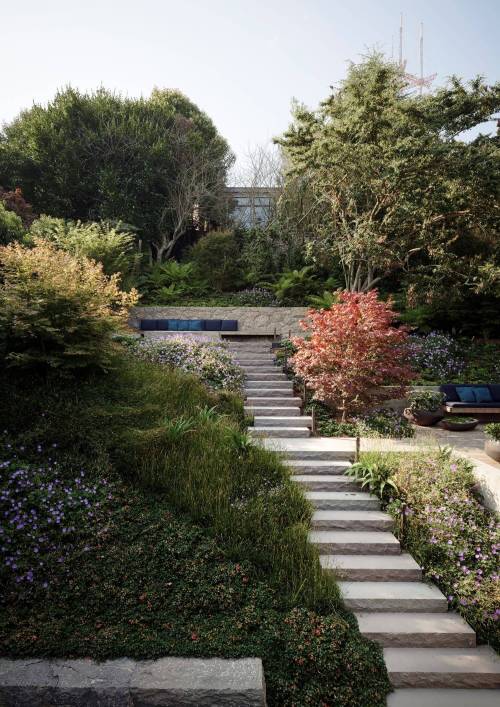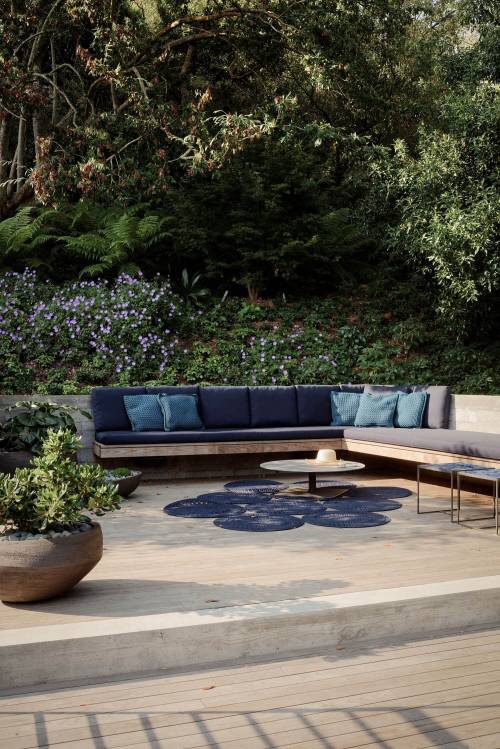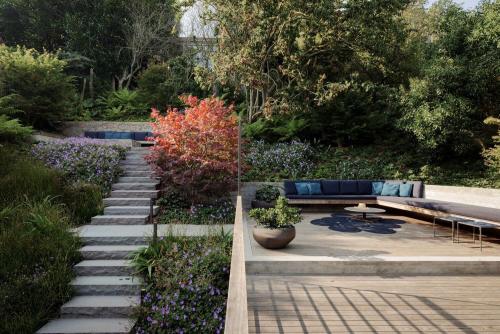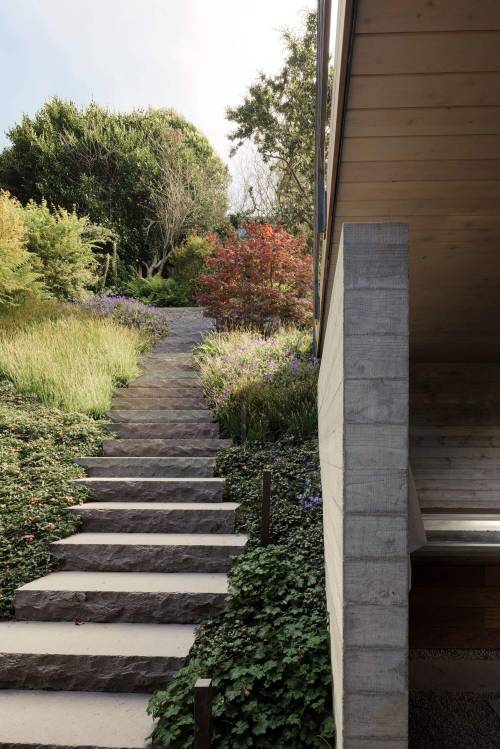Fort Canning Tree Tunnel,“ Singapore,
Fort Canning Tree tunnel connects Penang Road with Fort Canning Park and ends with a spiral staircase looking up to a large Yellow Rain Tree. Fort Canning Park is open 24/7 and there is no entrance fee for visiting it.
Fort Canning was built in 1859 and used by the British Army and then the Japanese Army during the occultation in WWII. It was handed over to the Singapore Armed Forces in 1963 and converted into a public park in 1972.










































